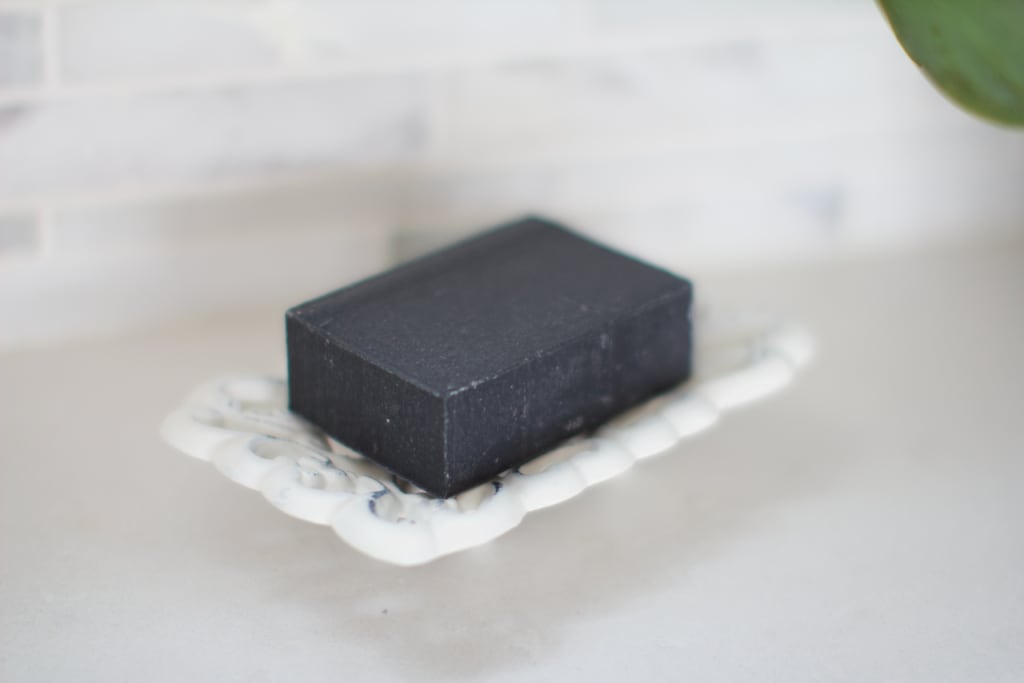How to Prepare Activated Black Charcoal Soap with Avocado/Olive Oil and Aloe Vera Gel
A Brief History, Ingredients and Methods

Soap has a rich history tracing all the way back to old civilizations. The earliest proof of cleanser making can be followed to around 2800 BC, with the Babylonians, Egyptians, and Sumerians finding its purging properties. They blended creature fats in with wood debris or salt from consumed plants to make a substance that could purge skin and dress.
Cleanser making information spread across Europe during the Medieval times, prompting the foundation of cleanser organizations to control creation quality. In the ninth hundred years, Marseille, France, became renowned for its great vegetable oil-based cleanser.
The Modern Upset in the eighteenth and nineteenth hundreds of years achieved enormous scope cleanser creation. Engineered surfactants were subsequently evolved in the twentieth hundred years, giving an option in contrast to customary cleanser.
Today, soaps come in different structures, taking care of various inclinations and skin types. Business keeps on developing, with a developing spotlight on eco-accommodating and regular fixings. Soap stays a fundamental item for individual cleanliness and general wellbeing, keeping up with its importance since the beginning of time
Activated black charcoal soap has a fascinating history that dates back thousands of years. Its origins can be traced to ancient civilizations like Egypt, where people discovered the beneficial properties of charcoal.
In simple terms, activated black charcoal soap is made from charcoal that has been treated to increase its surface area, making it more porous. This increased porosity allows the charcoal to absorb impurities and toxins from the skin effectively.
The use of charcoal for purification purposes can be found in various cultures throughout history. Ancient Egyptians used charcoal to purify water and treat digestive problems. In Asia, particularly in Japan, people used charcoal for medicinal and skincare purposes. They believed that charcoal had powerful detoxifying properties that could cleanse the body and promote overall well-being.
Over time, this knowledge of charcoal's cleansing abilities spread to other parts of the world. In the 18th century, healthcare professionals began using activated charcoal in medical treatments to help with poisoning and other medical conditions.
In recent times, the beauty and skincare industry rediscovered the benefits of activated charcoal. With its ability to draw out dirt, oil, and toxins from the skin, activated charcoal became a popular ingredient in soaps, cleansers, and face masks.
Today, activated black charcoal soap is widely used as a natural skincare product. It is favored for its ability to deep-cleanse the pores, reduce acne and blemishes, and improve skin texture. Many people appreciate its gentle and effective nature, making it suitable for various skin types.
The history of activated black charcoal soap is a testament to the timeless wisdom of ancient civilizations and their understanding of the power of nature's gifts. As we continue to explore the potential of natural ingredients, charcoal remains a trusted ally in promoting healthier and clearer skin
Making soap at home can be a fun and rewarding DIY project. Here's a simple method for making cold-process soap using common ingredients. Please note that handling lye, a caustic substance, requires caution, so be sure to follow safety guidelines and wear appropriate protective gear.
Ingredients:
Vegetable Oil 700 ml
Aloe vera gel extracted from 3 leaves 60 ml
Castor Oil 40 ml
Avocado Oil 100ml
Olive Oil 100ml
Activated Charcoal
Perfume of Choice 20 ml
Lye (300 ml distilled water with 130 gms of Caustic Soda)
Lye Preparation:
In a well ventilated area
Take 300 ml of Distilled Water
Add 20ml Perfume
Stir Well
Add 130 gms of Caustic Soda slowly and stir
Leave for 15 to 20 mins so it cools down
Preparation Method:
Take Vegetable Oil 700 ml
Add Aloe Vera gel 60 ml
Add Castor Oil 40 ml
Add Olive Oil 100ml
Add Avocado Oil 100ml
Mix well
Add Lye slowly and stir well until Trace is achieved
Pour in molds
Cover with cling film and cover with cloth
Remove after 24Hrs and place in a well ventilated area or surface for 4 weeks
Safety Concerns:
1. Wear mask
2. Wear Rubbor Apron
3.. Wear gloves
4. Wear goggles if you have
5. Keep children away from the area
6. Don’t inhale smoke during lye preparation
Remember, making soap at home can be a creative and enjoyable hobby, but it's essential to handle lye with care and follow safety guidelines throughout the process.
Note: Attached YouTube video has been taken from my channel Everyday Kenya and the method is authentic and tried/tested.
About the Creator
Syed Omar Hussain
Syed Omar Hussain, a multifaceted talent—a writer, poet, musician, farmer, and a textile engineer.
https://www.youtube.com/channel/UCKTpuZgA1Edh4tX-TLMDirQ






Comments
There are no comments for this story
Be the first to respond and start the conversation.